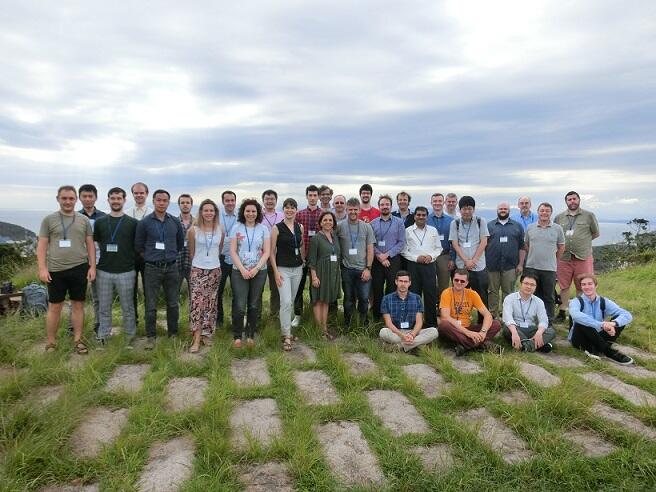NO.160 Fuzzing and Symbolic Execution: Reflections, Challenges, and Opportunities
September 24 - 27, 2019 (Check-in: September 23, 2019 )
Organizers
- Marcel Boehme
- Monash University, Australia
- Cristian Cadar
- Imperial College London, UK
- Abhik Roychoudhury
- NUS, Singapore

Overview
The problem of finding software errors by automated input generation—i.e., automated software testing—is currently investigated within several mostly isolated academic research communities:
- The symbolic execution (SE) research community casts testing as a constraint satisfaction problem and studies formal approaches to automated software testing.
- The search-based software testing (SBST) research community casts testing as an optimization problem and studies metaheuristics, such as genetic algorithms, to tackle automated software testing.
- The fuzzing research community is interested particularly in exposing security flaws in critical software systems, and leverages both techniques, with substantial recent success in an area called coverage-based greybox fuzzing.
This problem has also received significant attention from the industry. The industry is interested in finding errors at the very large scale, with several notable examples discussed next. Google is running the OSS-Fuzz project which has found thousands of errors in security-critical open source projects over the last three years. Microsoft is running Project Springfield, a cloud-based testing-as-a-service framework. Facebook has successfully deployed an automated Android testing tool, Sapienz, which is tightly integrated in their Continuous Deployment process.
Motivation
Despite the shared high-level objective, there has been little interaction across these communities. As a concrete example, the fuzzing community leverages a compact terminology that is very different from that of the SE and SBST communities. The fuzzing community publishes in security venues (CCS, NDSS, S&P, TIFS) while the SE and SBST communities publish in software engineering venues (ICSE, FSE, ISSTA, ASE, TSE, TOSEM). Many ideas that have long been discussed in the SE and SBST communities are now being re-discovered in the fuzzing community.
The research communities have much to learn from industry, too. Driven by the need for scale and enabled by the availability of abundant computational resources, members of the industry have developed some of the most advanced and highly efficient automated testing tools. Much can be learned by studying these tools from a research perspective. On the one hand, industry has found practical solutions to open research problems. On the other hand, the industry faces interesting practical challenges that are yet unbeknownst to the research community. It is our position that the proposed meeting can help establish a conversation.
Objective
It is the purpose of this meeting to bring together the thought leaders, distinguished researchers, tool builders, founders, and promising young researchers from each of these communities. We will discuss recent advances and open challenges in automated software testing (with specific focus on security vulnerability detection) through the lens of both research and industry. We will review the state of the art, establish common ground, and discuss a roadmap of important problems to address in the near- and long-term. We plan to document the results of this meeting for the larger research community and publish in an appropriate outlet. We hope that this meeting sparks new collaborations across research communities, between research and industry, and among individuals with vastly different backgrounds and expertise. We also hope the meeting invigorates and accelerates research on software vulnerability detection by building and extending the theoretical foundation as well as by providing practical and immediate benefit to the industry.
Why now?
We feel that the current moment is suitable for such a workshop because the various individual technologies have gained maturity and hence a conversation across the subcommunities should be productive. The symbolic execution community has gained prominence with the development of mature tools like KLEE. The fuzz testing community has seen an explosion of works in the recent years, starting with the work of AFLFast which studies the science behind greybox fuzzing. Meanwhile the SBST community has also developed mature technologies like Evosuite. At the same time, all of these techniques could potentially benefit from learning approaches which glean information about the input domain or the application processing it. In this meeting, we plan to discuss the common themes behind these techniques and identify the research opportunities in terms of crossfertilization. A concrete outcome of the meeting will be a review article of these areas published in a journal such as IEEE Transactions on Software Engineering.
